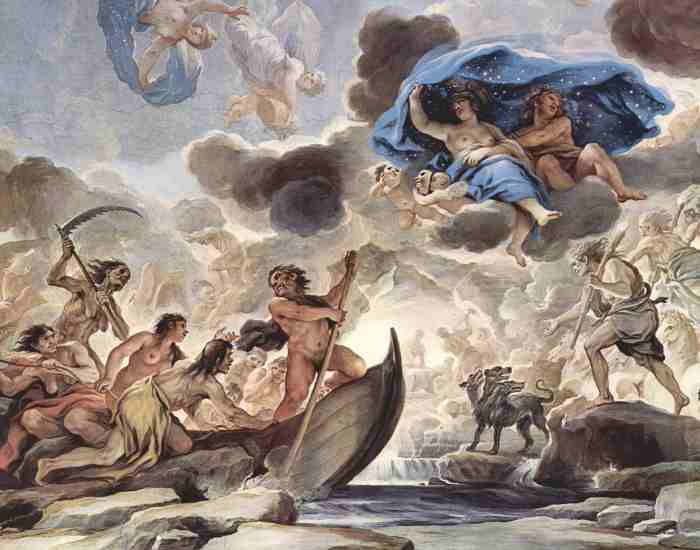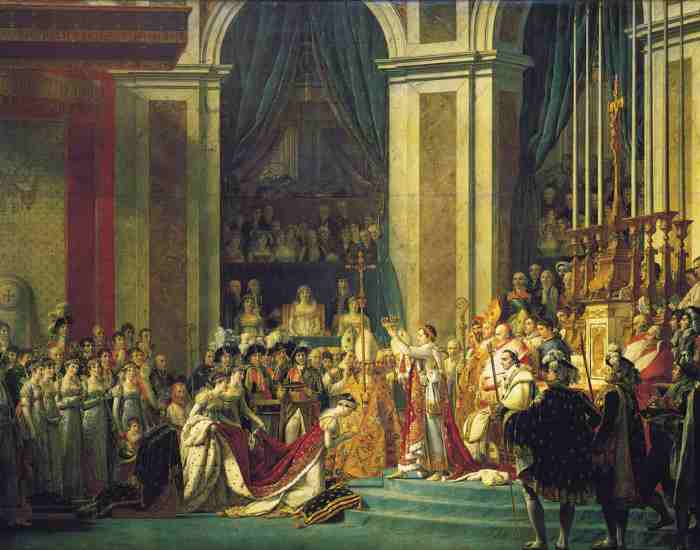This journey into the heart of artistic creation is where we unravel the essence of value in art. Whether you are embarking on your first artistic endeavor or you are a seasoned professional refining your craft, understanding the nuances of value is paramount. Value, in its essence, serves as the cornerstone of visual art, sculpting the illusion of light and shadow and thus breathing life into the two-dimensional plane.
In this exploration, we will delve into what value truly means in the context of art. You will be guided through its fundamental principles, from the basics of lightness and darkness to the intricate dance of contrast and composition. Armed with practical tips, enriched by personal experiences from artists across the spectrum, and equipped with a comprehensive analysis of value’s indelible mark on both modern and traditional works, you will emerge with a deeper understanding and appreciation for this critical element of art.

What is the value of art?
At its core, value refers to the spectrum of lightness to darkness within colors, a critical element that infuses artworks with contrast, visual interest, and a sense of reality. Imagine the world without the gradations of dawn or the deep shadows of dusk; similarly, art devoid of value lacks dimension and life.
The concept of a value scale is instrumental in art, serving as the artist’s palette for tonal variation. This scale stretches from the purest whites, through a myriad of grays, to the deepest blacks. Each point on this scale represents a specific tone, allowing artists to sculpt form, create depth, and evoke emotion purely through the manipulation of light and shadow.
But how does value contribute to our perception of depth and form? Through carefully curated examples of well-known works, we see that value does more than just fill space. It defines the curvature of a cheekbone, the folding of fabric, and the whisper of light through leaves. Value constructs the visual world of the painting, guiding the viewer’s eye and conveying the story the artist wishes to tell. By mastering value, artists unlock the ability to translate the three-dimensional world onto a flat surface, inviting viewers into a vividly rendered visual narrative.
The Role of Value in Composition
In the tapestry of visual arts, value plays a pivotal role, acting as the silent guide that steers the viewer’s gaze through the narrative woven within each artwork. It is through the adept manipulation of value that an artist can command attention and convey their intended message, crafting a visual story that resonates deeply with the observer.
By employing contrast, value becomes a powerful tool for highlighting the key elements of a composition. This contrast creates a visual hierarchy, subtly distinguishing between the focal points that demand our attention and the background elements that set the stage. Imagine a portrait where the subject’s face is bathed in light, emerging from the shadowy contours of the background. This deliberate use of value not only draws our eye to the subject but also imbues the piece with depth and emotion.
Throughout the history of art, numerous works have demonstrated the effective use of value to enhance composition. From the chiaroscuro techniques of the Renaissance masters, which brought dramatic intensity to their religious and mythological scenes, to the bold abstractions of the modern era, where value is used to create form and structure in the absence of definitive lines, these examples underline the diversity of art forms that benefit from mastering value, illustrating that, whether in realistic renderings or abstractions, the principles of value remain universally relevant.

Techniques for Applying Value
Mastering the application of value is a journey of discovery, experimentation, and refinement. There are myriad techniques at an artist’s disposal, each offering a unique pathway to articulating the nuances of light and shadow in their work.
Shading, blending, and layering stand out as foundational techniques for adding value to artwork, particularly in the realms of pencil drawings and paintings. Shading allows for the gradual transition between tones, creating the illusion of depth and form. Blending, on the other hand, softens and merges these transitions, achieving a more realistic or ethereal quality. Layering, the strategic placement of multiple tones over one another, builds complexity and texture, giving the artwork a palpable sense of life.
The choice of tools and materials significantly influences the outcome of these techniques. Pencils, with their range of hardness and softness, are ideal for detailed shading work. Paints, whether oil, acrylic, or watercolor, offer a spectrum of possibilities for blending and layering. Digital tools have also opened up new frontiers in value application, allowing artists unprecedented control over tone, texture, and detail.
For artists seeking to hone their skills in applying value, the following tips are invaluable:
- Practice regularly, using a variety of subjects and lighting conditions to deepen your understanding of how light affects form.
- Study the works of masters, noting how they use value to create focus and mood in their compositions.
- Experiment with different tools and materials to find those that best suit your artistic style and objectives.
- Reflect on previous exhibitions of both your own work and that of others, learning from successes and areas for improvement.
Mastering light and shadow
In the realm of visual arts, the interplay between light, shadow, and value is foundational in crafting the illusion of depth and dimension on a flat surface. This relationship is a critical aspect of the elements of art and color theory, where value acts as a bridge between the tangible light we perceive and the interpretive shadows it casts, creating a symphony of visual dynamics within an artwork.
Techniques for creating realistic shadows and highlights are myriad, each serving to enhance the visual narrative of a piece. The secret lies in observing the natural world, understanding how light behaves and interacts with objects, and translating this understanding into art. For instance, Caravaggio, renowned for his dramatic use of chiaroscuro, utilized intense contrasts between light and dark to imbue his subjects with a profound sense of realism and immediacy. Similarly, Vermeer used subtle gradations of value to achieve an incredible luminosity and depth in his interiors, demonstrating a softer approach to the interplay of light and shadow.
The concept of light sources plays a pivotal role in determining the perception of value, color, and form within an artwork. Consider Francisco Goya’s “The Third of May 1808,” where the stark lighting from an unseen source not only highlights the fear and tension of the scene but also creates a powerful contrast between the executioners and their victims, underscoring the painting’s emotional impact. This example illustrates how the direction, intensity, and color of light are instrumental in shaping the viewer’s understanding and emotional response to the piece.
FAQs:
How do I choose the right value contrast for my artwork?
The choice of value contrast should align with the mood and message you wish to convey. High contrast draws attention and creates drama, making it suitable for dynamic, impactful scenes. Low contrast, meanwhile, offers a subtler, more harmonious feel, ideal for serene or intimate subjects.
Can value improve the perception of color in my paintings?
Absolutely. Value acts as the backbone of color, defining its intensity and impact. By mastering value, you can create more vibrant, lifelike colors that breathe life into your work.
Color theory is the study of how colors interact and influence one another, playing a crucial role in composition and design. Grayscale versus color value refers to the understanding that every color has an inherent lightness or darkness, influencing its perceived weight and balance within an artwork. Edition size in prints and artworks signifies the number of copies made, directly impacting the work’s exclusivity, collectability, and market value. These concepts, though complex, are fundamental to navigating the art world, whether creating or collecting.
Advanced Strategies for Using Value
Diving deeper into the complex tapestry of visual art, advanced strategies involving value reveal themselves as pivotal in elevating artwork from mere representation to profound expression. Concepts like atmospheric perspective leverage value to mimic the natural way objects become lighter and less distinct as they recede into the distance, adding a layer of realism and depth that draws viewers into the scene. This technique, evident in works spanning from the Renaissance to Impressionism, illustrates how subtle shifts in value can create a palpable sense of space and atmosphere.
Furthermore, the use of value in color compositions opens a dialogue between hues, where the lightness or darkness of colors dictates balance and harmony within a piece. Modernist movements, with their bold explorations of color and form, and conservative art movements, with their adherence to realism and naturalism, both harness value in unique ways to convey their visions. Abstract Expressionists, for example, used value contrasts to evoke emotion and dynamism, demonstrating that regardless of an artist’s stylistic allegiance, the strategic use of value is universal in its importance.
Insights from professional artists who push the boundaries of value underscore the transformative power of this element. Artists like Mark Rothko, known for his color field paintings, demonstrate that value can evoke profound emotional responses without the need for representational forms. These artists’ willingness to explore and experiment with value variations teaches us the significant difference value can make in conveying a story, emotion, or message, elevating the artwork to a communicative medium that transcends the visual.
Conclusion
Throughout this guide, we’ve embarked on a detailed exploration of value in art, uncovering its pivotal role in creating depth, realism, and emotional resonance. From the foundational techniques of applying light and shadow to the advanced strategies that challenge our perceptions of space and emotion, value stands as a cornerstone of artistic expression.
As we conclude, let us reiterate the importance of experimentation and continuous learning in your artistic journey. The exploration of value is not a destination but a path that offers endless opportunities for discovery and expression. Whether you are drawing your first lines or painting your masterpiece, remember that mastering the subtleties of value can transform the way you communicate with your audience, imbuing your work with a depth and richness that speaks volumes.
More Post






